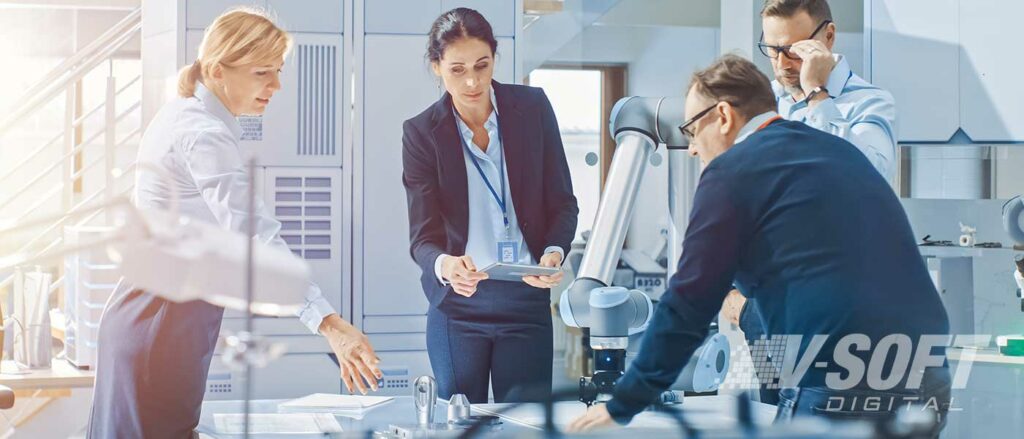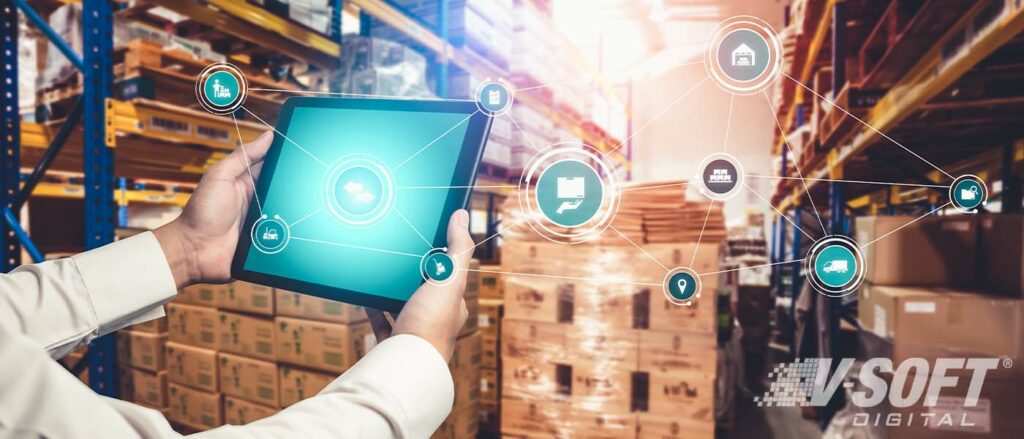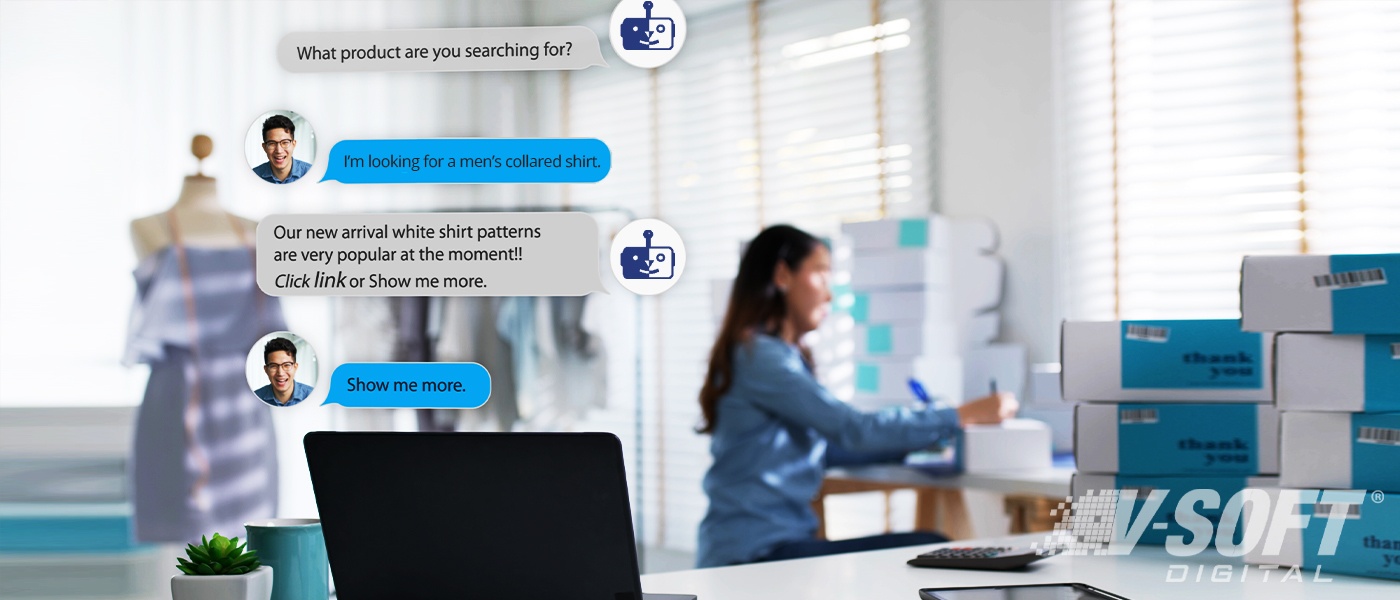New Technologies to Improve Manufacturing Quality
The manufacturing industry has always thrived on technology. AI, IoT, and a lot of other technologies have been game-changers. Deploying these technologies in the manufacturing process creates benefits like low cost of production, accuracy, and effective operations. As a result, product quality and customer satisfaction is improved. Here we discuss the most effective advanced technologies and its roles in the industry.
Operational Efficiency with IoT
Internet of Things (IoT) is one of the top disruptive technologies today. IoT-powered manufacturing units create shop floor visibility, operational intelligence, and smart packaging.
Shop Floor Visibility
Damaged machinery and downtime are frequent occurrences for manufacturing operations. With the help of IoT, workers can identify possible failures proactively. IoT devices monitor factors like temperature and voltage to send warnings to operators of any potential malfunctions.
Operational Intelligence
IoT connects machines together and lets them coordinate with little to no human intervention. This increases efficiency and ensures a seamless process. Tethering machines together digitally eliminates the need for human workers to perform tedious and sometimes dangerous shop floor tasks.
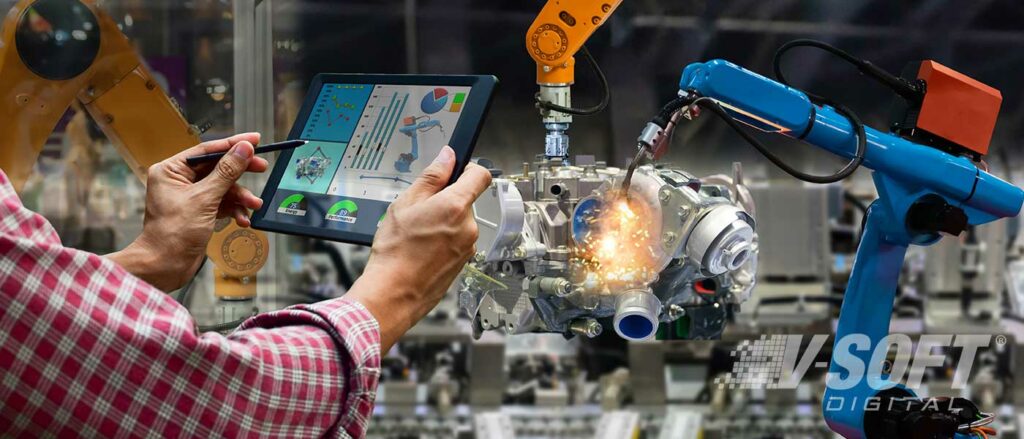
Smart Packaging
Smart packaging lets consumers track and verify their orders. Apparel brands like Louis Vuitton, Channel and Levis embed microchips into their products. Whenever you hover your phone over these microchips, you can verify their authenticity. Some brands also use QR codes for this purpose. Businesses use smart packaging to plant codes on their products package which eventually redirect them to product certificates, information, and other resources.
Machine Learning in Product Development
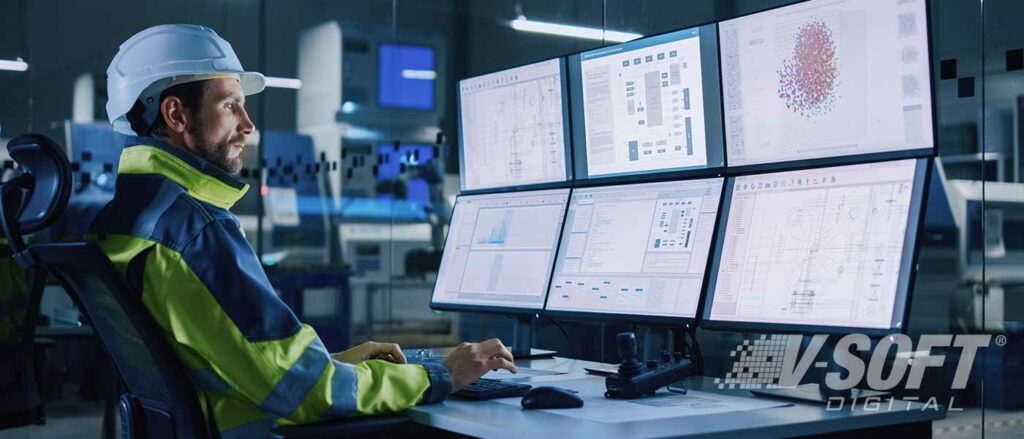
Machine learning (ML) can lead to huge cost savings and new business prospects. Manufacturers are using machine learning to solve specific business problems.
Machine learning can even be used to produce new product designs. ML technology collects and analyzes large sets of product data and offers insight into consumer demand and business opportunities. These kinds of insights help businesses create superior products that follow current consumer trends, further improving a company’s reputation.
AI-based Computer Vision
If our era is the next Industrial Revolution, as many claim, AI is surely one of its driving forces.
Fe-Fei Li, Co-Director of the Stanford Institute for Human-Centered Artificial Intelligence
AI computer vision can be used for deep learning to analyze data through images. A computer can recognize patterns in visual data using millions of images that humans might miss. This is useful to train machine learning algorithms.
When AI is integrated with computer vision, it allows machines to be a part of a more complex environment consisting of AI, high-resolution cameras, and optics to produce fast and accurate results.
Mislabeling and Defect Detection
Computer vision can recognize patterns in all aspects related to labeling. For instance, in the manufacturing industry, mislabeling leads to dangerous outcomes. To prevent this, AI-based systems identify mislabeled products, track where the mislabeling occurred and makes sure to stop the issue before it affects more products, maintaining product standards.
This is especially important for factories producing products such as microchips, cables, and wires, where it’s difficult to detect errors. To recognize slip-ups, project managers furnish the machines with thousands of images of the correct designs. Eventually, the machine can compare the manufactured product with the pre-programmed correct design to identify errors using 3D imaging. This strategy is extensively used in automobile and electronic industries .
BarcodesComputer vision is also used in manufacturing industries to identify errors in barcodes and text. It is quite a task to manually read, process and identify errors in every barcode, but AI-based computer vision can detect these mistakes and make sure barcodes and text are accurate.
Product Assembly
The eCommerce giant, Amazon, makes the most of the latest manufacturing technologies. They use AI to speed up production. AI-based computer vision helps assemble the product with its capability to provide 3D generated designs using several software systems. AI also ensures workers and employees work efficiently while assembling a product manually by giving them accurate instructions .
Safety and SecurityAI-based computer vision screens and tracks environment for any employee accidents. The safety of manufacturing workers is one of the major concerns for businesses, but AI can help create a safe workplace. Machines make sure employees follow safety guidelines to avoid workplace injury.
Large-scale businesses are already using AI to improve their manufacturing standards. However, small and medium manufacturers are a bit reluctant to adapt. Some businesses may be hesitant because they believe AI will be costly and difficult to install. While this may have been true a few years ago, AI is becoming accessible to businesses of all sizes.
Conclusion
A manufacturing operation demands numerous employees and machinery. To streamline workflows, should adopt new technologies to deliver the best to their customers. Although technologies like IoT, machine learning, and AI are nothing new to the manufacturing industry, these technologies continue to improve every day with new features added to improve efficiency. This trend will automate most processes in factories and let human employees work in roles that require human intelligence and problem-solving skills.

